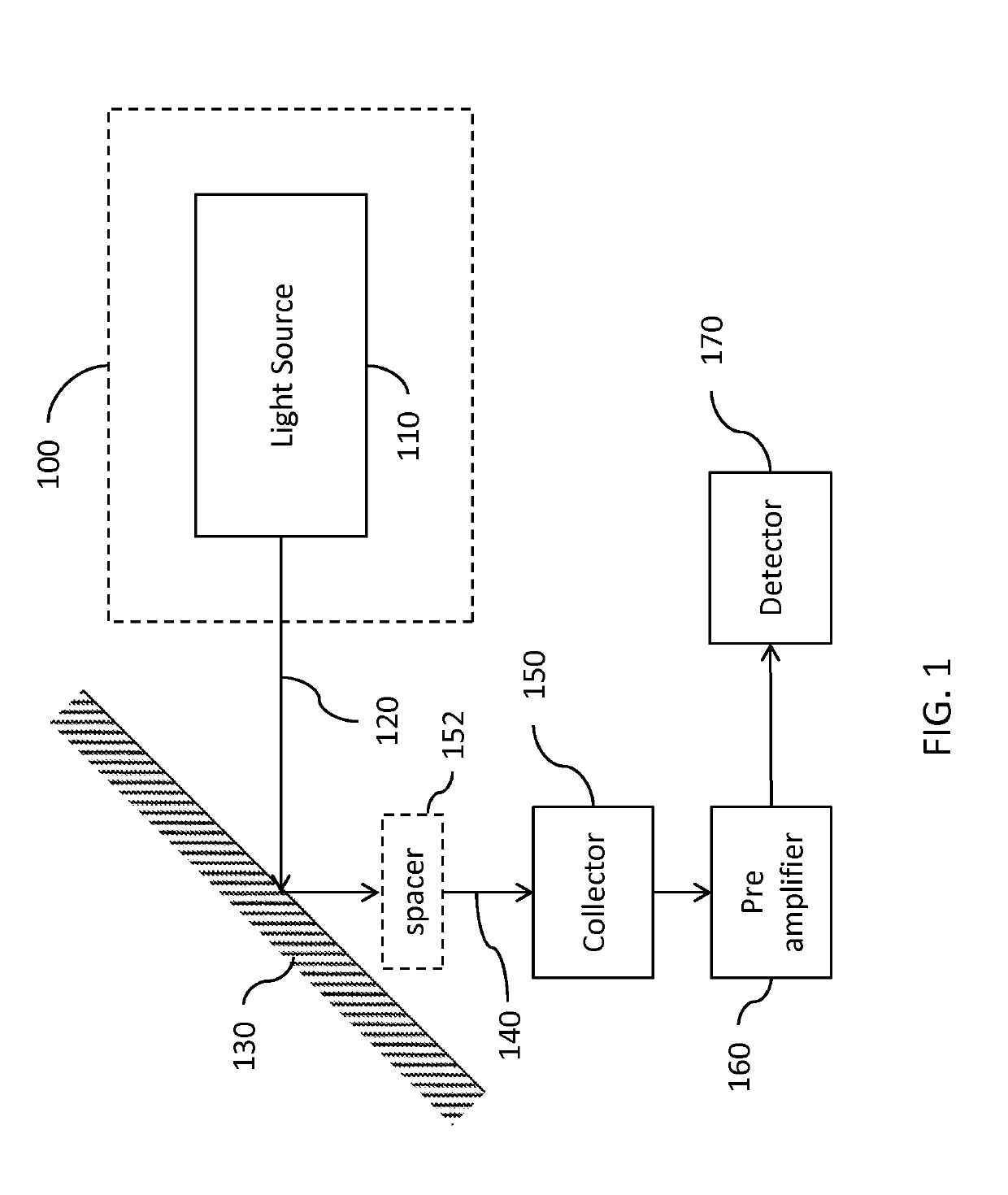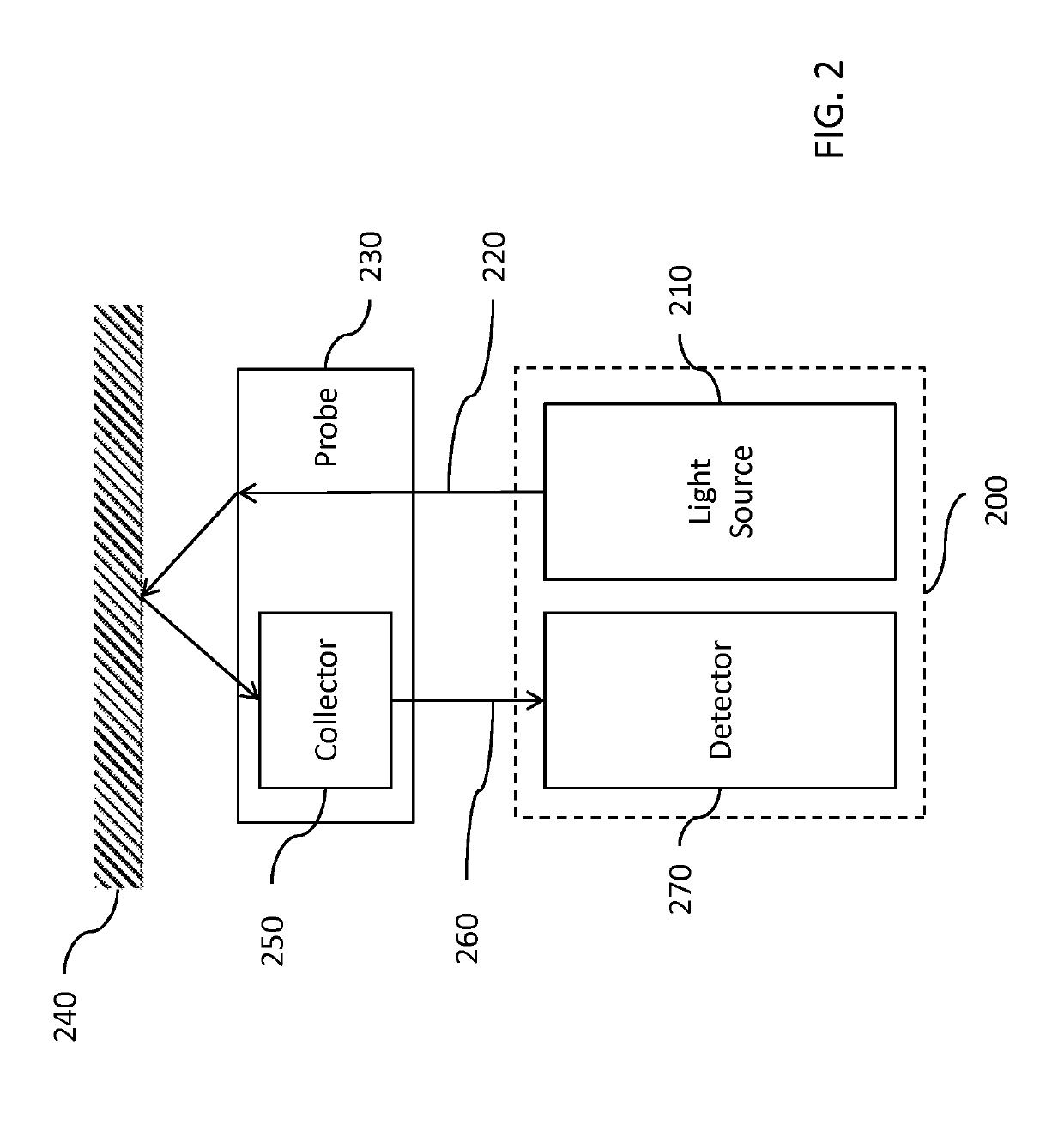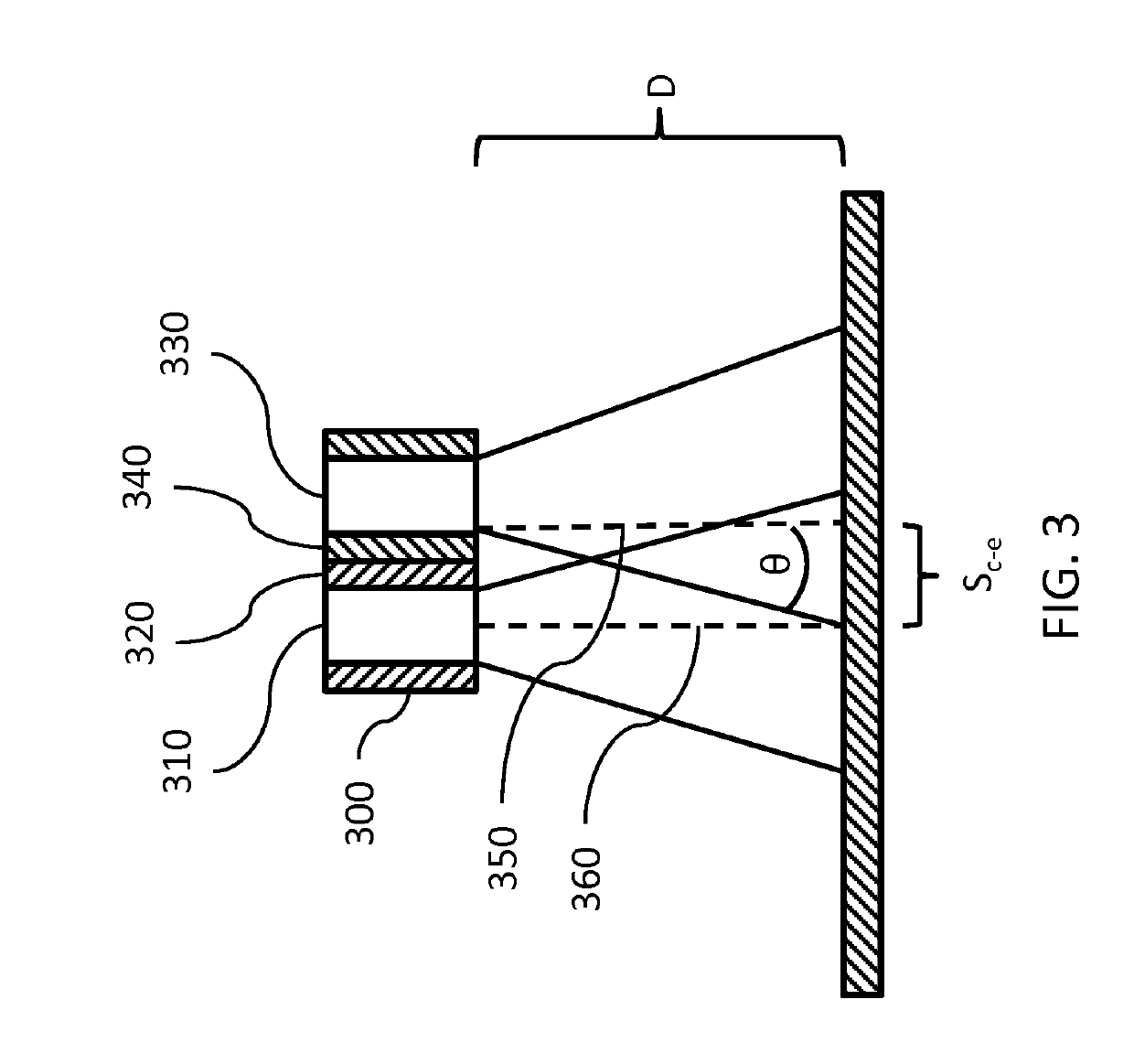Noninvasive mid-infrared in vivo glucose sensor
a glucose sensor and mid-infrared technology, applied in the field of glucose sensors, can solve the problems of chance temporal correlation, complex multivariate analysis, and the need to calibrate data using complex sets recorded
- Summary
- Abstract
- Description
- Claims
- Application Information
AI Technical Summary
Benefits of technology
Problems solved by technology
Method used
Image
Examples
Embodiment Construction
[0012]The mid-infrared (mid-IR) band is promising for the field of noninvasive in vivo glucose detection, as the glucose molecule contains fundamental vibrational resonances between 8-10 μm which are not overlapped by other biological absorbers except water. Water is a broad featureless absorber throughout the near and mid-IR, but its absorption coefficient is roughly four orders of magnitude greater in the mid-IR region than in the near-IR region, which has been the biggest challenge for researchers focusing on noninvasive in vivo glucose detection in the mid-IR regime. However, recent developments in mid-IR light source technology, including pulsed Quantum Cascade (QC) lasers able to provide high peak powers on the order of hundreds of milliwatts while maintaining average powers on the order of a few milliwatts have provided the capacity to obtain more robust signals from skin regions where mid-IR light had previously been considered to be undetectable.
[0013]Resonances of the gluc...
PUM
 Login to View More
Login to View More Abstract
Description
Claims
Application Information
 Login to View More
Login to View More - R&D
- Intellectual Property
- Life Sciences
- Materials
- Tech Scout
- Unparalleled Data Quality
- Higher Quality Content
- 60% Fewer Hallucinations
Browse by: Latest US Patents, China's latest patents, Technical Efficacy Thesaurus, Application Domain, Technology Topic, Popular Technical Reports.
© 2025 PatSnap. All rights reserved.Legal|Privacy policy|Modern Slavery Act Transparency Statement|Sitemap|About US| Contact US: help@patsnap.com



